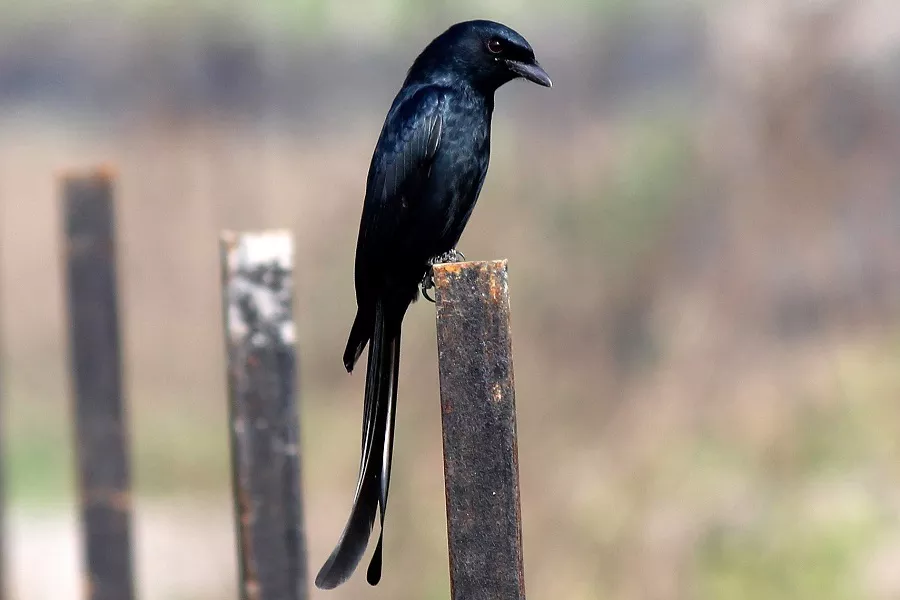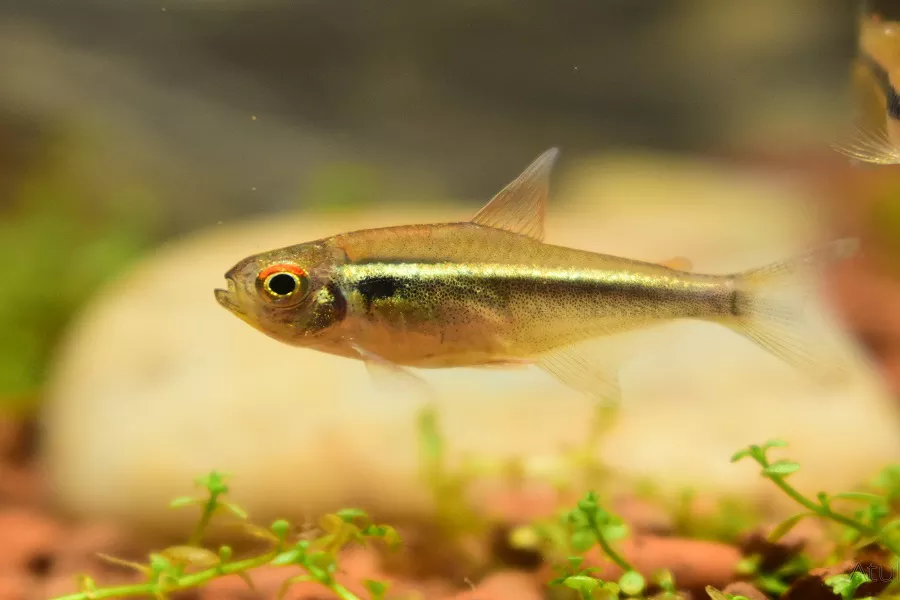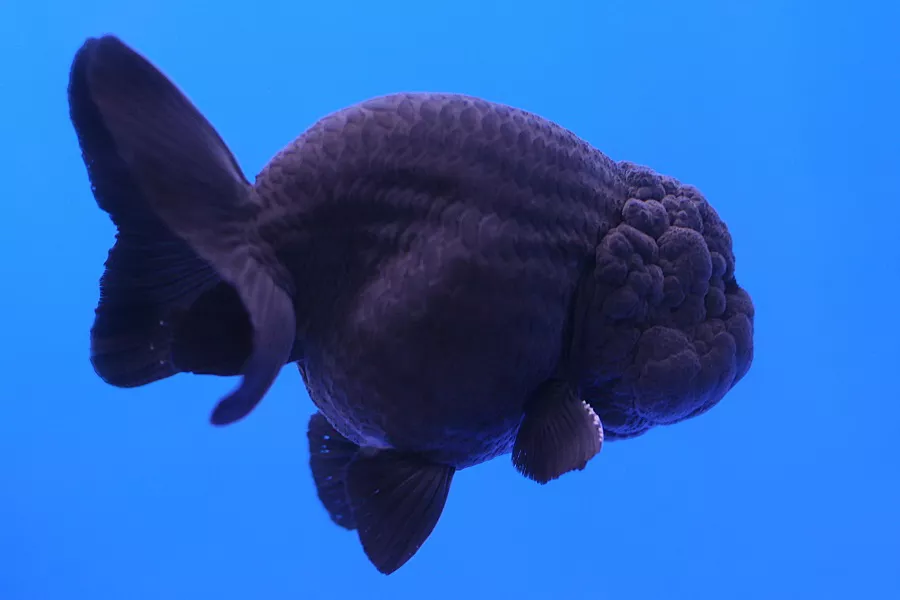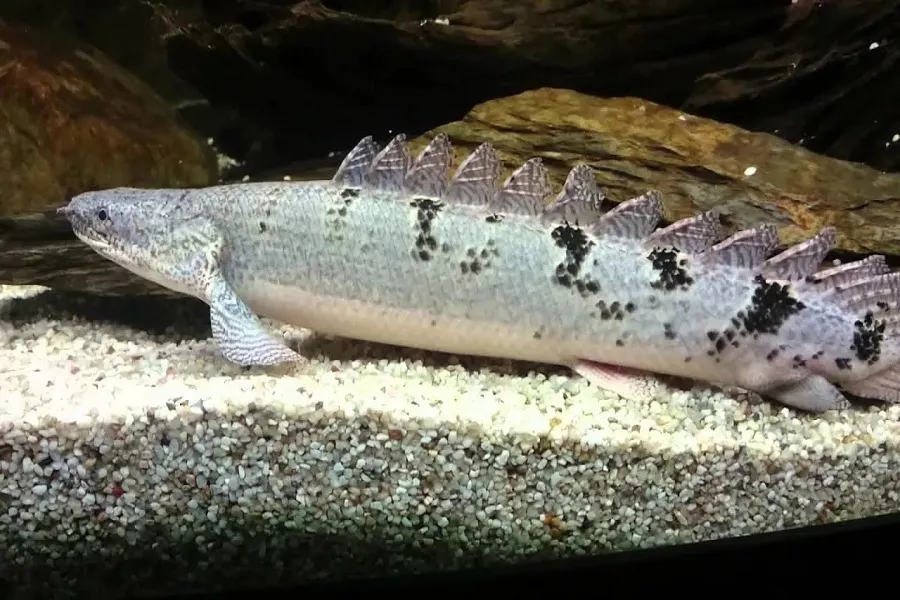What is black dragongo?
Black drongo (scientific name: Dicrurus macrocercus) is a bird of the Capricornidae family of passerines. The total length is about 30 cm. The whole body is black, and the upper body, chest and tail feathers have a brilliant blue luster. The length of the tail is deep concave, and the outermost pair of tail feathers are curled outward and upward. Habitat activity in open areas, has very strong territorial behavior during the breeding season, is ferocious, and fights in groups during the non-breeding period. Mainly feed on insects. Usually inhabits the foothills or tree tops along streams, and often falls on power lines in open areas. Large in number, often in pairs or in small groups, with quick movements and calls while flying. It mainly feeds on flying insects from the air, and mainly feeds on pests such as noctuid moths, stink bugs, ants, mole crickets, and locusts. The distribution range is from Iran to India, China, Southeast Asia, Java and Bali.
What does a black drongo look like?
Black curly-tailed male adult (breeding plumage): plumage is radiant black; forehead and eyes are down black (with a dirty white spot at the corner of the mouth of individual specimens, but it is not very obvious). The upper body is from the head, back to the waist and the upper tail coverts, dark black, with copper green metallic glitter; tail feathers are dark black, with copper green luster on the surface; the central pair of tail feathers is the shortest, and grows in order to the outside, and the outermost one The pair is the longest, the ends of which are curled outwards and upwards, and the ends of the tail feathers are deeply forked; the wings are dark brown, and the outer feathers and wing coverts have a copper-green metallic luster. The underparts are black-brown from the chin, throat to the undertail coverts, with a copper-green metallic luster only on the chest; the underwing coverts and axillary feathers are dark brown.
black drongo living habits
Usually inhabits the tops of trees at the foot of mountains or along streams, or on telephone poles erected in fields. When worms are seen below, they often descend from perches to the ground or near the ground to catch and feed, and then return to high altitudes. Fly straight to form a “U”-shaped flight. It also often landed on the backs of livestock grazing in the pastures, pecking at the worms that were startled by the livestock. They are aggressive birds with ferocious habits, especially during the breeding period, when birds such as red-footed falcons, crows, and magpies invade or approach their nests, they rise up to attack and invade. until they are driven out of the nest area.
black drongo rearing
The feed of the black curly tail can be arranged according to your feeding situation. Parents who are free can make their own food, provided that the nutrition must be matched reasonably. Parents who are short on time can buy finished feed to feed them, or they can provide vegetables and fruits for human consumption. Below we will introduce the feeding of black curly tail in detail.
For the feed of young birds, you can mix minced meat, cooked egg yolk, cornmeal (or chicken feed) in a ratio of 6:2:2; add a little vitamin and trace element additives, and make a porridge with water (fresh feather buds). chick) or facet (juvenile with full feathers). The chicks need to be fed with porridge-like feed with bamboo grate. Young birds can be fed by hand-twisted boluses that grow up to 1 cm and have two pointed ends. The adult bird feed is pure soft feed, and the ingredients are basically the same as the juvenile bird feed, except that some fruit and vegetable foam are added.
The black curly tail can also be fed with soft feed, once in the morning and once in the afternoon. In order to keep the feed fresh, and the birds can eat enough, the feeding should be done regularly, so that the birds can develop the habit of feeding regularly; because the soft food is easy to deteriorate, especially in summer or during the mildew and rain period, special attention should be paid, and the feeding in the afternoon can be delayed. Feed, take out after the bird has eaten, must not stay overnight. The newly caught adult birds are wild and suitable for keeping in dark and quiet bird cages. Feed them in the afternoon and evening. The feed is made into soybean-like size and placed in the feeding basin for their own consumption. If they have not eaten for a long time, Open mouthparts for feeding, and gradually change to pot feeding after 2-3 days after they are familiar with the environment. Newly raised birds will sing on their own from 3-5 days.
Reminder: For more knowledge about angora rabbit, lemur, bearded reedling, golden hamster, red eyed tree frog, please pay attention to: mtedr.com, providing you with different types of small pets and pet care.


























